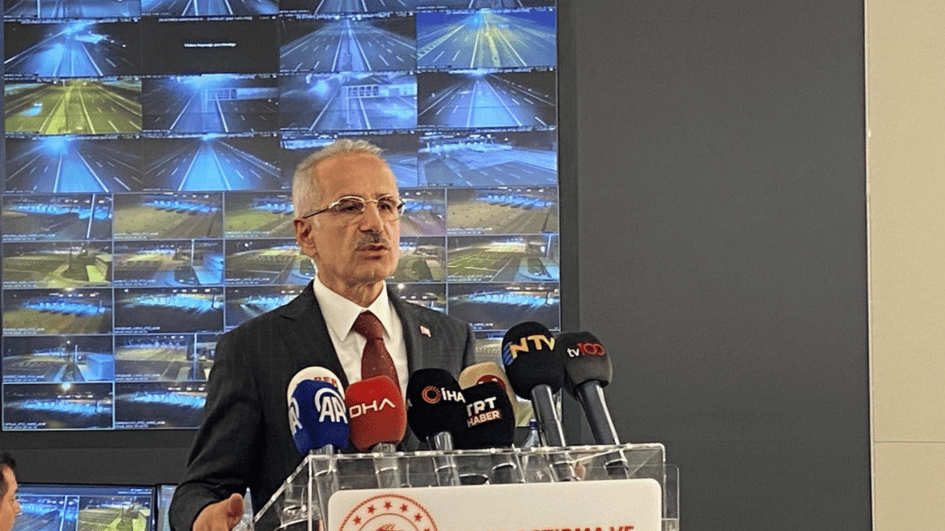Ancient city set for tourism boost with new road
ŞANLIURFA – Anadolu Agency

AA photo
A new road project has been launched to promote tourism in the ancient city of Şuayb near the border with Syria in Şanlıurfa.Resembling the ancient city of Ephesus on the Aegean, Şuayb is considered one of the most important historical places in the province.
“There is a serious potential in Harran. It is possible to see the traces of history especially in rural areas. Şuayb is the most popular place in the area, so we initiated a tourism road project. This project is very important for Harran. The road links the Bazda Caves, the ancient city of Şuayb and the ancient village Soğmatar and will provide visitors with more comfort during their trips,” Harran District Gov. Temel Ayca said, noting the historical significance and tourist potential of the region.
The ancient city, located 80 kilometers from Şanlıurfa, is said to date back to the Roman period. Previously, however, the Prophet Shuaib, who preached after Abraham and is sometimes likened to the figure of Jethro from the Hebrew Bible, is said to have lived in the city, where he also met the Prophet Moses.
Structures made of cut stone, as well as a number of rock graves, also draw attention in the city.
Children in the area typically welcome tourists and tell the history of the ancient city and the story of the Prophet Shuaib.
Ayca said a “tourism road project” had been launched in the area to facilitate visits to the historic city.
He said excavations had not yet started in the ancient city. “This is why we are not sure if it is a Roman-era city. I believe we will learn more information about the city during excavations in the next years. This is must-see place.”
Meanwhile, the head of Harran University’s Archaeology Department and the head of the Harran excavations, Professor Mehmet Önal, said the ancient city dated back to the Eastern Roman Empire.
He said some of the structures there were used for religious purposes while the ones underground served as storage, cellars or rock graves.
“The surface survey will provide wider information about the city,” he added.
















